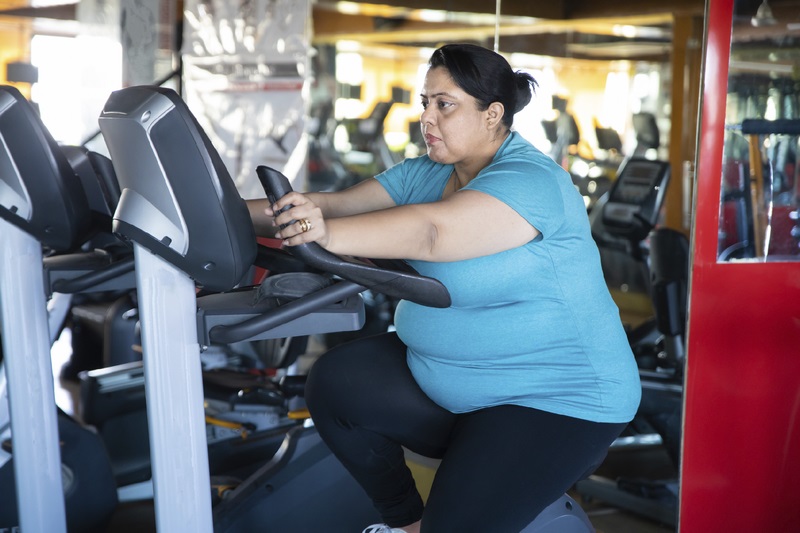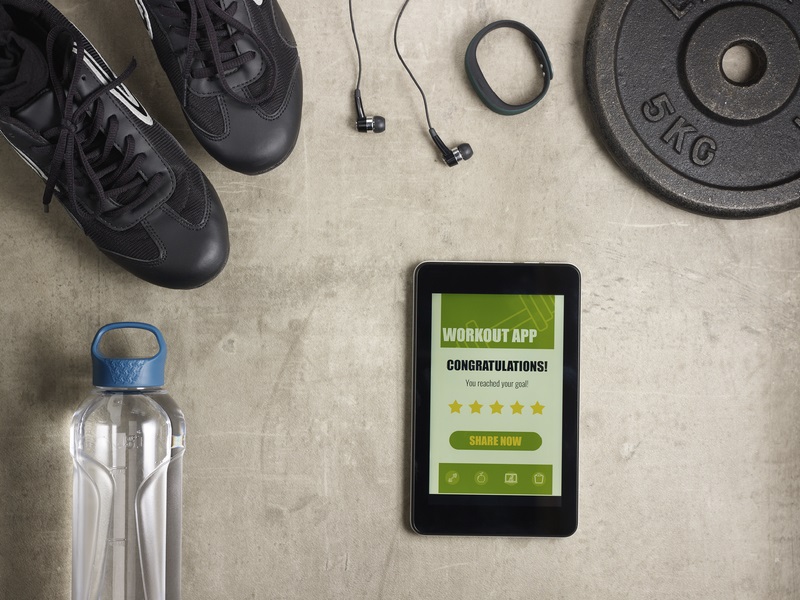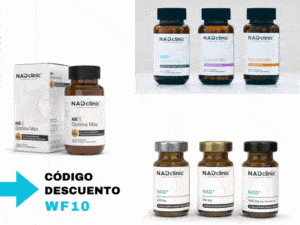Wearable technology is once again at the top of the trends according to the annual survey of the American College of Sports Medicinefollowed by mobile exercise apps and exercise programmes for older adults.
Global fitness trends in the ACSM 2025Future Directions for the Health and Fitness Industry is an annual survey of 2,000 physicians, researchers and industry professionals and ranks the top 45 trends in the US.
Wearable technology has been at the top of the table every year since 2016, except in 2018 and 2021, when it remained in the top three. It reflects how this segment is constantly evolving with functionalities to provide more information, such as stress levels through heart rate variability. The latest Oura ring that measures 40 activities including stress.
Report co-author A'Naja Newsome says digital technologies are becoming central to the design, delivery and evaluation of health and fitness services: "Wearable devices, mobile apps and data-driven training methods will create avenues to reach new clients". and improve fitness experiences. The exercise professional will need to be innovative in their approach to the use of technology while increasing client adherence and autonomy".
Mobile fitness apps have risen rapidly up the rankings, after coming in at 20th place two years ago. In 2023, nearly 370 million users downloaded 850 million fitness apps. "Mobile fitness apps are improving health and fitness by increasing the ability to individualise on-demand services at the consumer level," says Newsome.
Reflecting the current focus on longevity, fitness programmes for older adults ranked third for the second year in a row. ACSM spokesperson Christian Thompson noted that it is important not to have a one-size-fits-all approach to exercise programming for older adults, as fitness levels in this demographic are so varied.

Weight-loss exercise ranked fourth, followed by traditional strength training in fifth place. "Strength training programming continues to be a mainstay of the fitness industry worldwide. As consumers focus on longevity, maintaining physical function and moving with vigour helps maintain quality of life," says ACSM's Rachelle Reed.
HIIT ranked sixth, followed by data-driven training technology in seventh place, showing consumers' appetite for instant feedback and individualised programming.
Exercise for mental health is number eight. Reed says: "As clients look for solutions to effectively manage stress, reduce anxiety symptoms and sleep better, exercise may increasingly be part of a more holistic approach to supporting mental health".
Functional fitness training is number nine. Health/wellness coaching is in tenth place, reflecting the move towards a holistic approach to health, working on mindset and behaviours.
New trends for this year are hot and cold therapies, ranked 20th, and exercise in cancer treatment (29th).
Influencer/ambassador-led fitness programmes (online content from social media influencers) debuted in 12th place. This trend was ranked higher by newer practitioners, suggesting it has potential to grow.
In 19th place, lifestyle medicine shows the growing awareness of chronic disease management through a multi-pronged approach that includes physical activity, whole foods, plant-based nutrition, restful sleep, stress reduction, avoidance of risky substances and improving social wellbeing. Watch Oliver Patrick's interview in the latest issue of HCM on the opportunity for fitness professionals to become lifestyle professionals.
Workplace health promotion was the number two trend in 2024, but fell out of the top 20 in 2025, which is attributed to the changing landscape of hybrid and remote working. It could mean that employers increasingly use digital technologies.

TOP 20 TRENDS
- Portable technology
- Mobile exercise applications
- Fitness programmes for older adults
- Exercise for weight loss
- Traditional strength training
- HIIT
- Data-driven training technology
- Exercise for mental health
- Functional physical training
- Health and wellness advice
- Youth athletic development
- Influencer/ambassador-led fitness programmes
- Outdoor fitness activities
- Exercise classes on request
- Employ certified professionals
- personal training
- Exercise is medicine
- Body weight training
- Lifestyle medicine
- Hot and cold therapies






